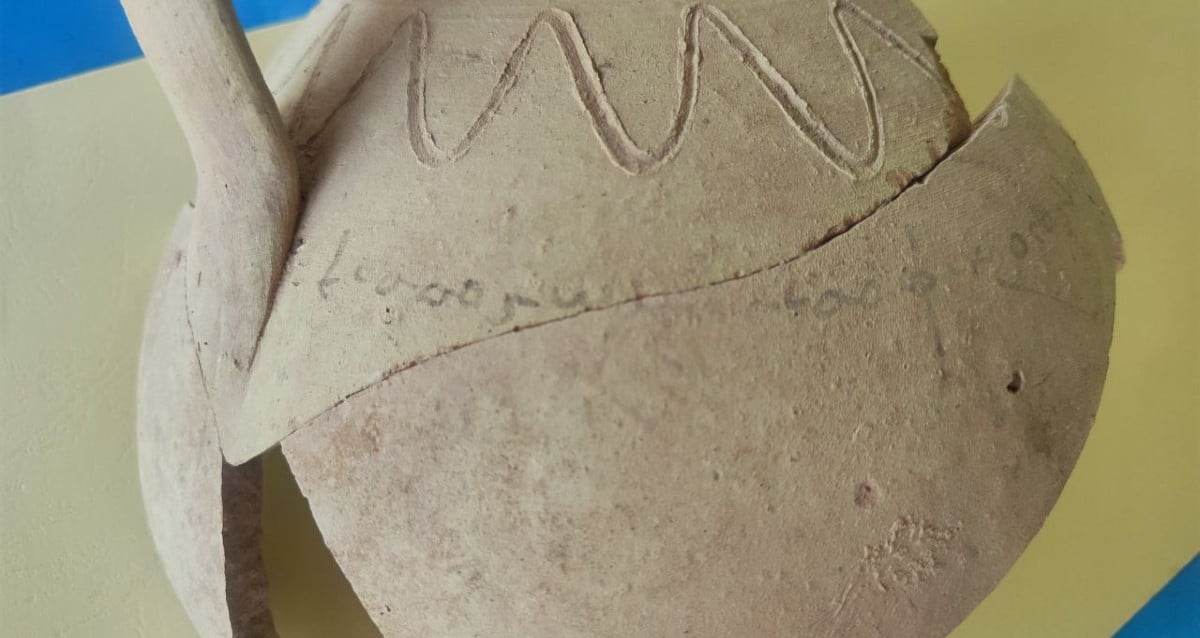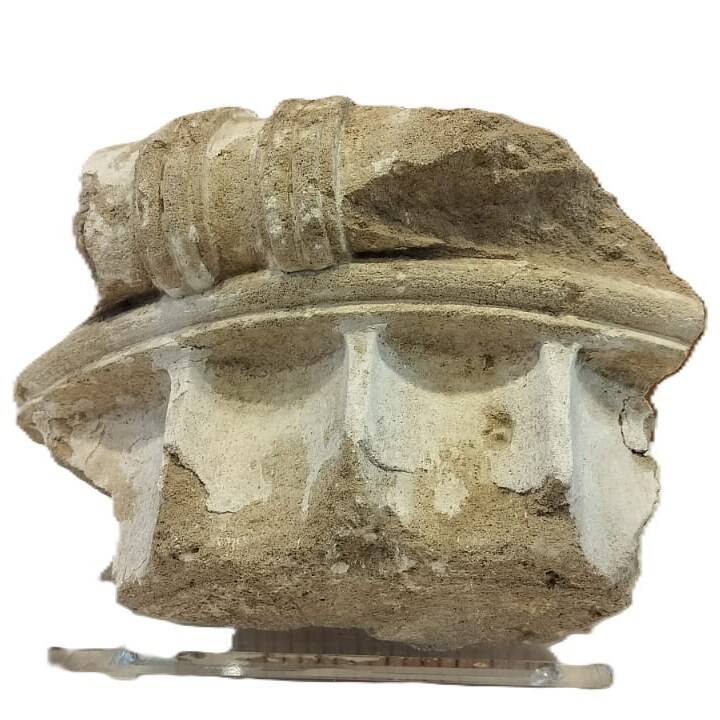Mysterious Ancient Water Jug Discovered in Tajikistan Reveals Hidden Secrets of Its Owner’s Identity
Imagine stumbling upon a 2,000-year-old water jug that’s got more personality than most of the mugs in your kitchen cabinet — complete with its owner’s name etched right there for posterity: “This water jug belongs to the woman Sagkina.” Now, how often do you get a peek into someone’s life from two millennia ago just because they wanted to stake a claim on their everyday pottery? This ancient find at the Khalkhajar site in Tajikistan isn’t just about a dusty old jug; it’s a quirky little time capsule shedding light on literacy, gender roles, and language in the Kushan Empire. So, who was Sagkina, and why was her signature so important that it survived centuries? Let’s dive right into the story behind this fascinating artifact and the cultural echoes it carries from ancient Bactria. LEARN MORE
Archaeologists digging at the Khalkajar archaeological site in Tajikistan just uncovered an ancient water jug labeled with the name of its owner: “This water jug belongs to the woman Sagkina.”
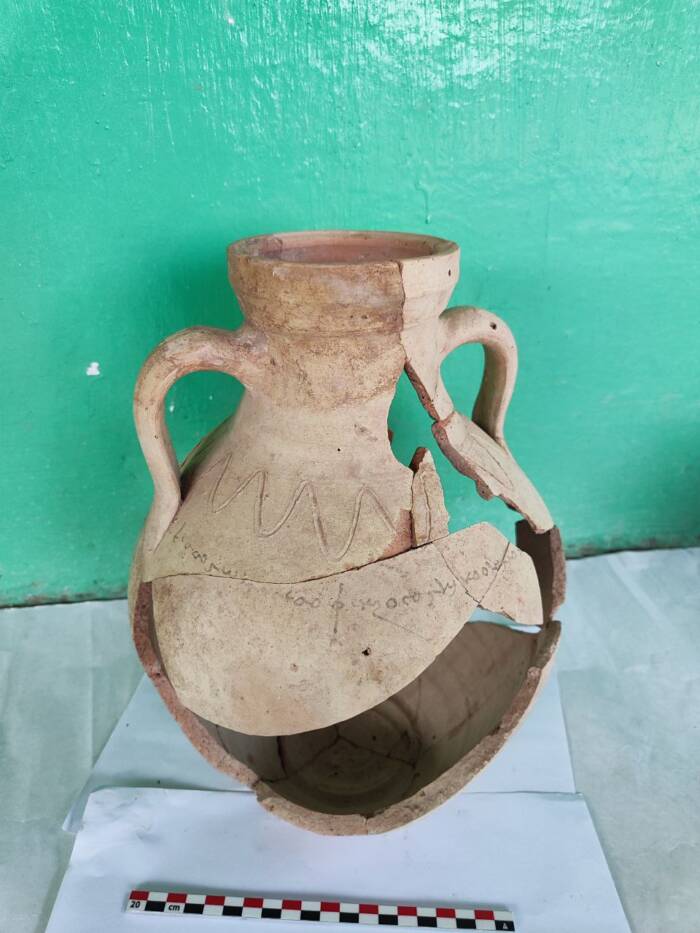
National Museum of TajikistanThough it dates back roughly 2,000 years, the inscription is still visible on the jug.
During excavations at the Khalkhajar archaeological site near the village of Sarband, Tajikistan, archaeologists discovered an approximately 2,000-year-old clay jug. This alone was a fascinating find, but they also realized that the water jug had a faint inscription. Experts who studied the text soon deciphered what it said: “This water jug belongs to the woman Sagkina.”
An intriguing and rare artifact from the Kushan Empire, this jug is now revealing valuable information about the Bactrian language and the naming conventions and gender norms in Tajikistan roughly two millennia ago.
The Ancient Water Jug Inscribed With Its Owner’s Name Found In Tajikistan
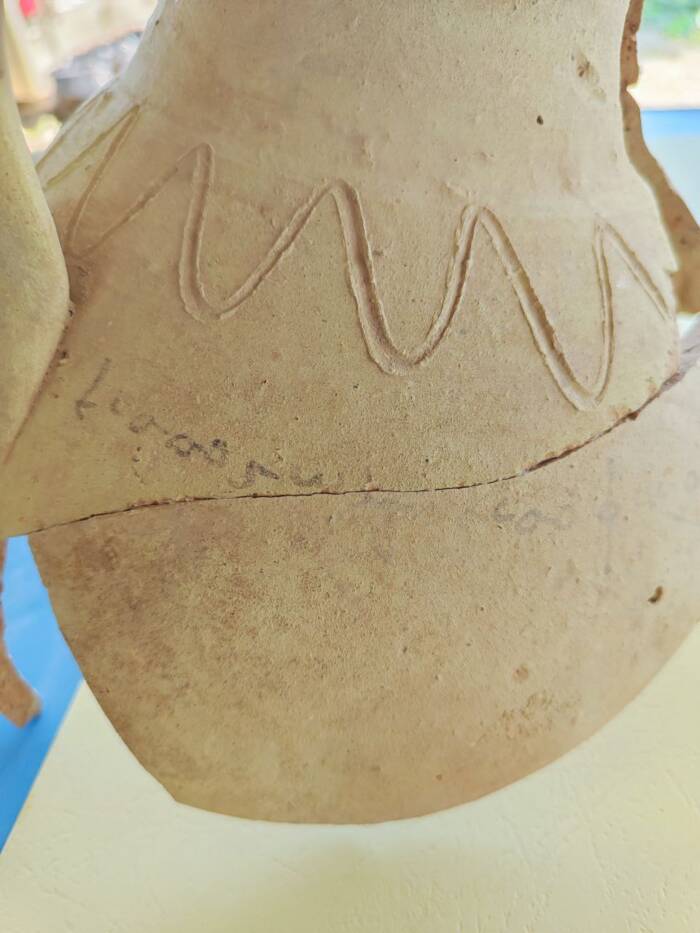
National Museum of TajikistanThe inscription on the jug is faint but still visible.
The discovery of this ancient clay water jug, a “rare two-handled” variety, was announced by the National Museum of Tajikistan.
It was discovered during excavations at the Khalkhajar archaeological site near Sarband, which has also recently revealed ancient structures, including clay and brick walls, as well as other artifacts from the Kushan Empire (30 to 375 C.E.).
The jug was discovered in fragments and reassembled, and experts were then called in to decipher its text. The inscription, written in the ancient Bactrian language, reads: “eiado gō(l)z[o ]sido finzo sagkino ol(o) mo(.)” Experts translated it to: “This water jug belongs to the woman Sagkina.”
The inscription is simple, but contains valuable information about the Bactrian language and how women were named 2,000 years ago. It also suggests that literacy was relatively widespread, and that writing was used by ancient people for something as simple as claiming ownership of an everyday object such as this one.
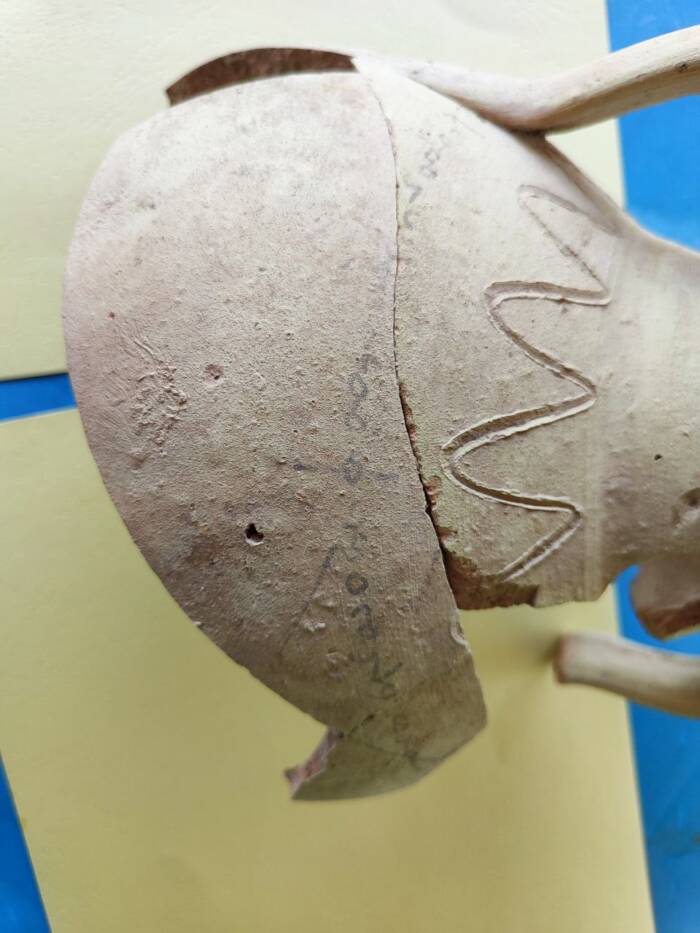
National Museum of TajikistanAnother view of the Bactrian inscription on this Kushan water jug.
“Notably, this marks the second Bactrian inscription of global significance discovered by National Museum specialists,” the museum noted. “The importance and scholarly value of this artifact lie in its exceptional preservation — the inscription has survived in a complete and legible form.”
The statement continued: “Undoubtedly, this discovery opens a new chapter in the study of linguistics and history, offering fresh insights into the cultural and linguistic landscape of ancient Bactria.”
Indeed, this water jug is a window into life inside ancient Bactria, which was once part of the sprawling Kushan Empire.
The Rise And Fall Of Ancient Bactria
Bactria was an ancient civilization that once spanned the present-day countries of Afghanistan, Tajikistan, and Uzbekistan. It emerged during the Bronze Age, and benefited from the very fertile territory created by the Oxus River.
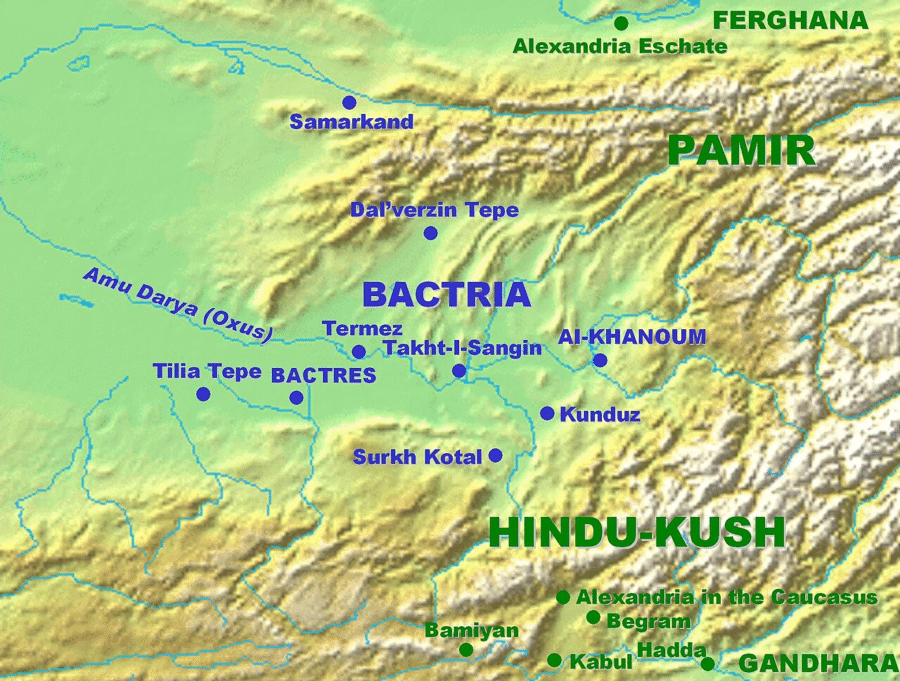
Wikimedia CommonsThe major cities in ancient Bactria.
“The soil of Bactria varies considerably in its nature,” the first-century Roman writer Quintus Curtius recorded. “In some spots extensive orchards and vineyards produce abundant fruit of a most delicious quality. The soil there is rich and well-watered. The warmer parts produce crops of corn, while the rest is better for pasture-land. The fertile portion is densely populated, and rears an incredible number of horses.”
Indeed, Bactria was such a rich region that it became the target for a succession of invaders, including Alexander the Great. The conqueror faced fierce resistance, but was able to win Bactria through a combination of both force and diplomacy before his death in 323 B.C.E.
Bactria then became part of the Seleucid Empire, and eventually gained relative independence as the Greco-Bactrian Kingdom. Eventually, it was absorbed into the Kushan Empire, which had first emerged around 30 C.E., and came to encompass huge swaths of present-day Afghanistan, Pakistan, India, Uzbekistan, and Tajikistan.
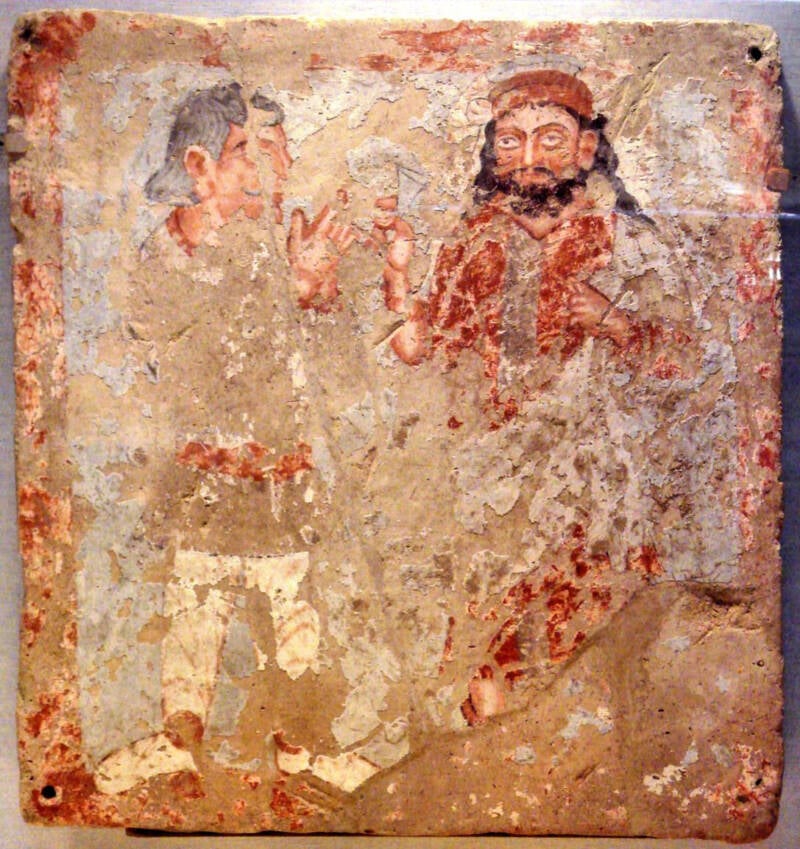
PHGCOM/Wikimedia CommonsA depiction of a Kushan-Bactrian worshipper from the 3rd century C.E.
Advantageously located between the Roman Empire and Asia, the Kushan Empire became an important waypoint between the two civilizations and the center of trade. Meanwhile, the Bactrian language served as the language of administration and trade in the region.
